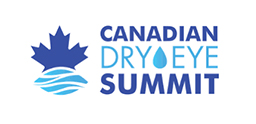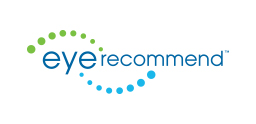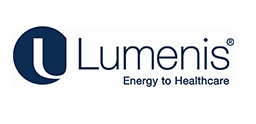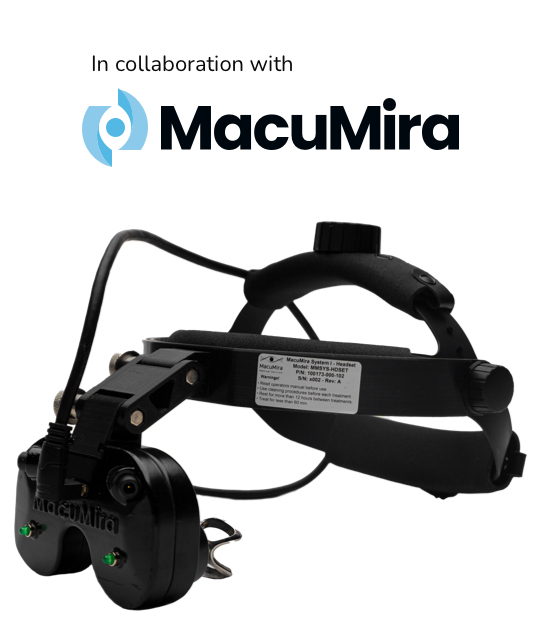Have you ever wondered why over 95% of small businesses are struggling with cash flow?
A lot of it comes down to the systems they are using to generate cash flow.
Remember the old cash vending machines before they all accepted credit cards? I recall many times putting a dollar into a change machine and it only spitting out 50 cents. Or worse, sometimes it ate the whole dollar with zero return.
I’ve analyzed thousands of financial statements over my career. Many practice owners are putting a dollar into their business and getting a 50 cent return. And then that tiny return gets taxed. So you’re lucky to escape with a quarter to put back in your pocket. Is there any wonder that businesses are struggling?
Let’s dive into the system you are using to generate that cash flow. Think of your marketing and conversion (i.e., sales) processes. A lot of practice owners venture into marketing without a well-thought-out strategy.
Consider this – it’s easy to buy traffic to drive to a website or social media. The trick is making sure that traffic is profitable, especially if you’re offering a specialized service or high-end optical products. You don’t want dollar-menu traffic.
How do you fix this?

Use the Profit Growth Formula
You need to track and measure your results through all five parts of the Profit Growth Formula. The formula looks like this:
(1) Leads x (2) Conversion Rate = Number of Clients
Number of Clients x (3) Number of Transactions x (4) Average Client Value = Revenue
Revenue x (5) Profit Margin = Net Income
Most people focus on driving in more clients and more revenue. Then hope they end up with a higher net income or bottom line. However, notice these are all the results in the Profit Growth Formula. You can’t impact the results without changing their subcomponents.
Let’s focus on the first two parts of the formula here. Improving leads and conversion rate is a process known as Conversion Rate Optimization.
Your marketing and advertising efforts are the key drivers here. The formula builds on itself from there. So fixing this will have an exponential impact on the results in your entire practice.
Consider your past marketing campaigns. They may have driven a lot of traffic, or leads, to your website and into your office, but were those leads representative of your ideal clients? The people you love to serve and can provide the most significant value? Or were they less than perfect? Be honest with yourself here. Filling your schedule with low-value clients and patients who don’t value your expertise harms your bottom line. Not to mention the energy expended by you and your staff to serve clients who are not an ideal fit.
Your marketing should speak directly to your ideal clients. Not just anybody who could spend money in your practice or fill your exam chair. Think about these things:
- What are the personal values you hold that are important for you to see in the people you serve?
- What is the direct result of your service offering that is unique to your practice?
Adjust your marketing copy and offers to reflect the value you provide.
Once you are attracting the right leads, the second step of the formula is Conversion Rate.
Your conversion rate is the number of new clients divided by the number of leads expressed as percentages.
What happens after a new prospective client takes the following action due to your marketing (which could be calling your office, scheduling an appointment online, opting into your email list, etc.)?
- Do you have a filter to ensure the new prospects fit your ideal client definition?
- Do you have a defined process for all staff to follow?
- Do all ideal prospective clients get treated well every time?
- What is the identity of your practice?
- How do you want new clients to feel when they interact with you? And is that feeling conveyed automatically?
Don’t write off a marketing tactic too fast if it doesn’t produce good results.

Break Down Underperforming Marketing Campaigns
Is the result a low number of ideal leads?
● First, ensure you have an adequate number of eyeballs on your offer. You don’t want to make fast decisions on small sample sizes. Shoot for at least 100 eyeballs on any given campaign.
● If you’re not getting positive responses, it is a sign that your message to market match is not resonating.
● Make sure you are targeting your exact ideal client base. Then test your messaging.
● Be sure only to change one thing at a time. If you change both the market and the message at once, you won’t know which change impacts your results.
Are you getting leads but not converting to ideal clients?
● If you’re reaching prospective clients to raise their hand, make sure they pass through a filter to ensure they meet your perfect client profile.
● Your staff is a prospect’s first physical point of contact with your practice. Train them on a system to produce a consistent experience for your ideal prospects.
● If a prospect does not engage right away, develop a nurturing follow-up system. For example, an educational email series.
Last Words
The real power of Conversion Rate Optimization comes when you start to get results. You will have the data in hand to see how much it costs you to acquire a new ideal client. Then you can reverse-engineer that into a marketing budget that produces more return on investment.
Without this data, your marketing campaigns might continue to be just like that old vending machine. Producing inconsistent results and sometimes eating your whole dollar.
































